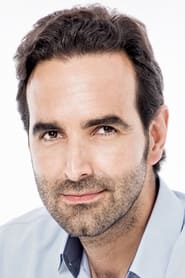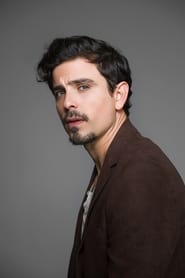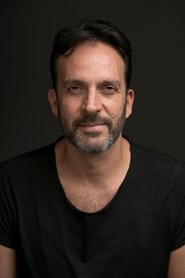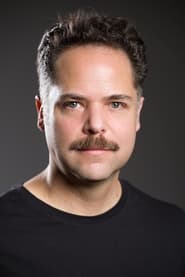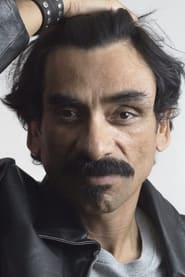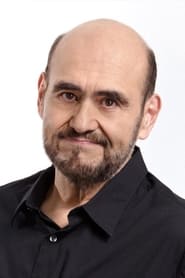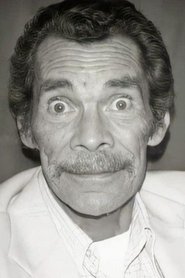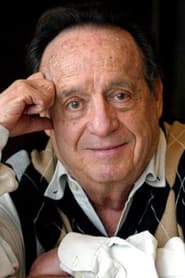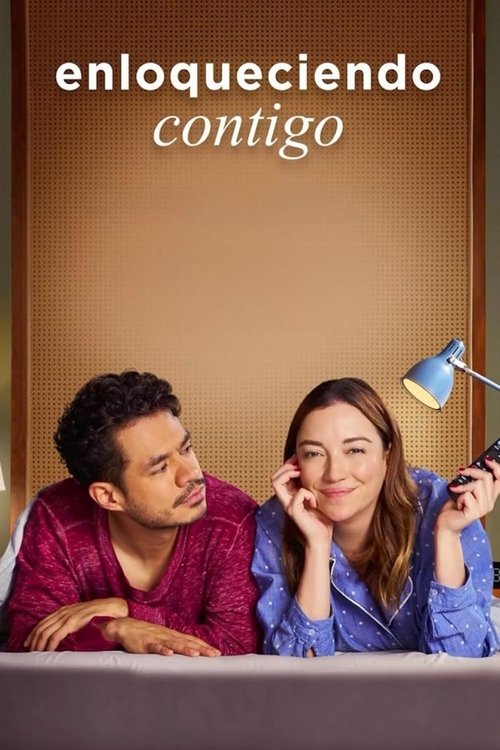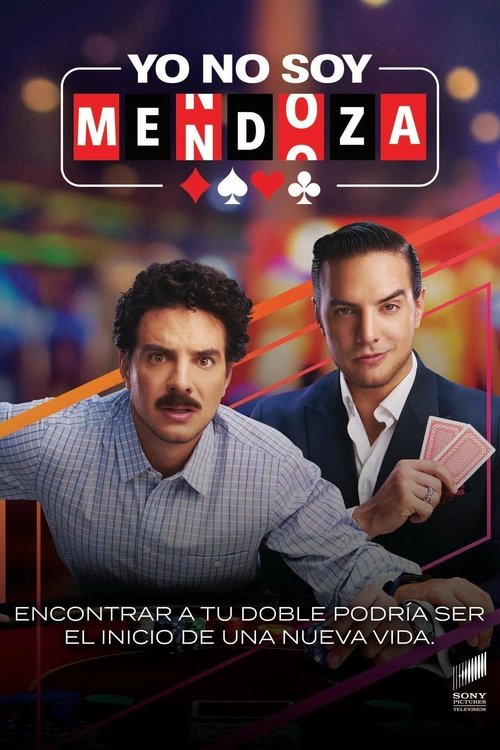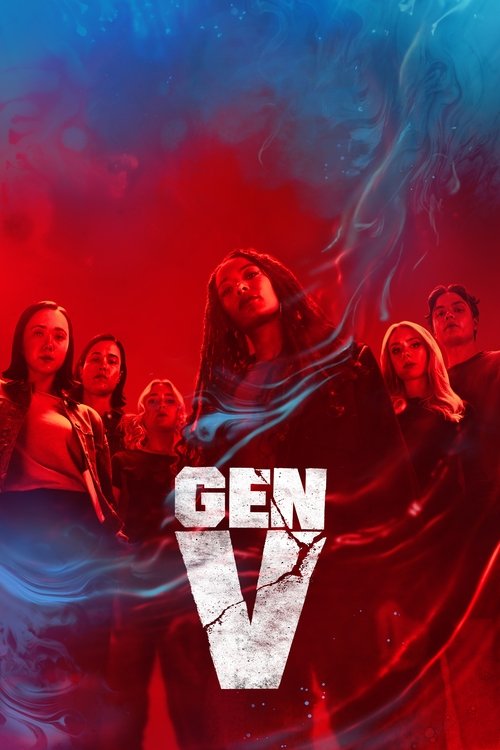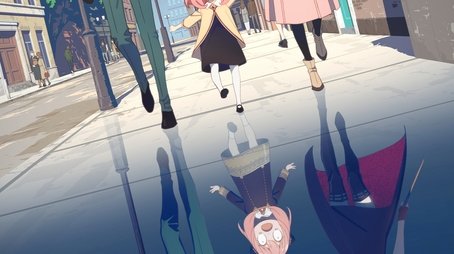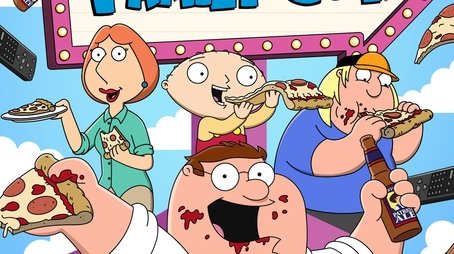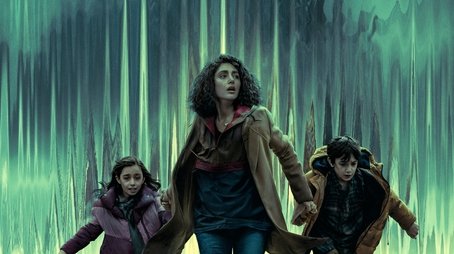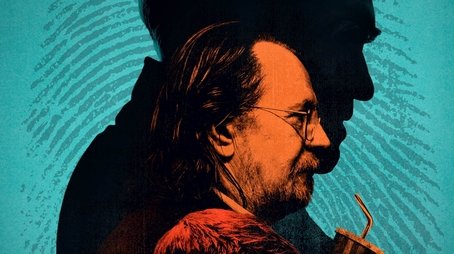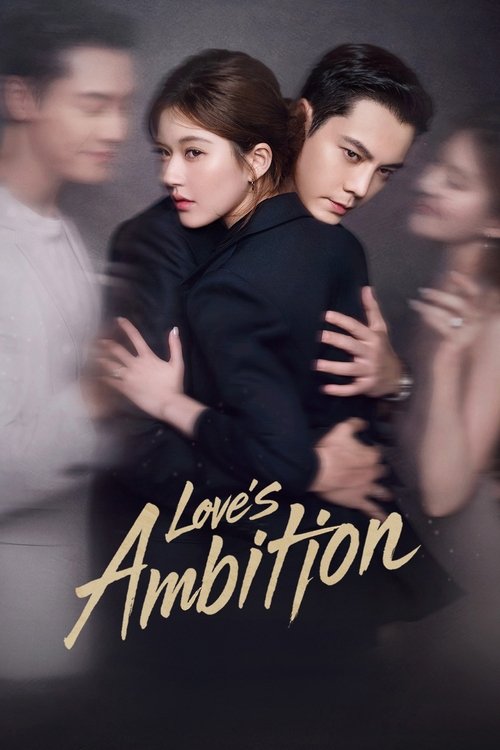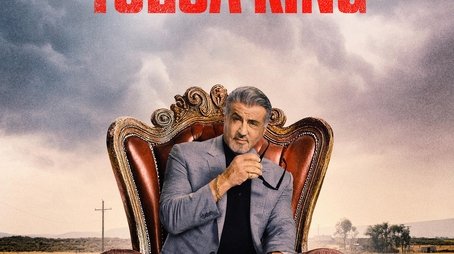
Ask Your Own Question
What is the plot?
The series opens in the early 1950s with a young Roberto Gómez Bolaños working a monotonous job at a factory, feeling trapped and unfulfilled. One day, he notices a newspaper advertisement seeking apprentice writers and production trainees for a television company. Motivated by a deep desire to escape his dull life and pursue his passion for show business, Roberto decides to apply. He shares this aspiration with Graciella, a woman he admires, showing her the ad and expressing his dream to leave the factory behind and enter the entertainment world.
Roberto attends the interview and struggles initially, facing skepticism from the executives and mockery from Jamaica, a rival hopeful who tries to undermine him. Despite this, Roberto remains earnest and persistent, showcasing his unique humor and creativity. During the interview, he spontaneously writes a catchy slogan with rhythm and punch, impressing the executives who immediately recognize his talent. They select his idea on the spot, marking his first professional success and humiliating Jamaica, who had attempted to make Roberto look foolish.
Following this breakthrough, Roberto begins working as a scriptwriter and production trainee, navigating the challenges of the television industry. He faces numerous setbacks, including creative disagreements and the pressure to conform to commercial demands. Meanwhile, his relationship with Graciella deepens, though it is complicated by Jamaica's continued attempts to win her attention, leading to escalating tension.
One evening, at a social gathering, Roberto and Jamaica confront each other after Jamaica's persistent provocations. The confrontation escalates into a physical fight, with both men exchanging blows in a heated struggle. The fight ends without serious injury but leaves emotional scars and a clear rivalry between them.
Later that night, Roberto and Graciella sit together quietly. Roberto opens up about his dreams and fears, revealing his determination to succeed in show business despite the obstacles. Graciella supports him, encouraging his pursuit of a better life.
As Roberto's career progresses, he develops his signature comedic style, blending innocence with sharp social commentary. He creates memorable characters and sketches that resonate with audiences, gradually gaining recognition and respect within the industry. His persistence pays off as he secures a regular spot on television, becoming a rising star.
The series also explores Roberto's personal life, including his complex relationships and the sacrifices he makes to balance family and career. His love affair with Florinda Meza begins subtly, adding emotional depth and tension to his journey.
By the final episodes, Roberto has transformed from a struggling factory worker into a celebrated comedian and producer. He tours with his successful show "El Chavo del 8," enjoying widespread acclaim across Latin America. Despite his fame, he grapples with his identity and the pressures of maintaining his public persona.
The series concludes with Roberto reflecting on his journey, acknowledging the hardships and triumphs that shaped him. He embraces his role as a cultural icon, having changed television forever through his humor and heart. The final scenes show him surrounded by family and friends, symbolizing the fulfillment of his dreams and the legacy he leaves behind.
What is the ending?
The ending of "Chespirito: Not Really on Purpose" (2025) centers on a painful misunderstanding between Roberto Gómez Bolaños (Chespirito) and his wife Graciela, which leads to a bitter conflict that fractures their relationship. The final scene shows Graciela reacting with jealousy and mistrust toward Roberto's interaction with another woman, Florinda Meza (Margarita Ruiz), without clear justification, leaving their marriage in turmoil.
Expanding on the ending scene by scene:
The final episode builds tension around the strain fame has placed on Roberto's personal life. As the cast of El Chavo gains international success, Roberto becomes increasingly absorbed in his work, which causes distance between him and Graciela. She feels neglected and demands more attention for herself and their children, but Roberto struggles to balance his new responsibilities with family life.
In the climactic scene, Roberto is in the same room with Florinda Meza, a fellow cast member. Graciela enters and misinterprets the situation, believing Roberto is being unfaithful. The scene is framed so that Graciela's jealousy appears irrational because Roberto does not turn to acknowledge Florinda in a way that would clarify the misunderstanding. This lack of communication escalates the conflict, portraying Graciela as acting "crazy" without clear cause.
The episode ends on this unresolved note, emphasizing the emotional distance and mistrust that have grown between Roberto and Graciela. Roberto's fate is left ambiguous, caught between his career's demands and the crumbling foundation of his marriage. Graciela's fate is similarly uncertain, portrayed as a woman overwhelmed by insecurity and unable to reconcile with her husband's new reality.
Other main characters involved in the story's conclusion include Florinda Meza, who remains a silent figure in the conflict, and Carlos Villagrán (Kiko), who is shown earlier deciding to stop working with Roberto, hinting at professional fractures within the cast but not directly impacting the final domestic conflict.
Thus, the ending focuses on the personal cost of fame and the fragile nature of trust within Roberto's family, leaving the core conflict unresolved and highlighting the emotional toll on all involved.
Is there a post-credit scene?
The TV show "Chespirito: Not Really on Purpose" (2025) does not have any publicly documented post-credit scenes. Available detailed recaps and episode guides do not mention or describe any post-credit content or scenes following the main episodes.
The sources focus on the narrative and character developments within the episodes themselves, such as the creative process behind the characters, interpersonal conflicts, and the personal life of Roberto Gómez Bolaños, but no indication of a post-credit scene is found in the official recaps or reviews. Additionally, no social media or entertainment news sources related to the show report any post-credit scenes.
Therefore, based on current information, "Chespirito: Not Really on Purpose" does not include a post-credit scene.
What challenges does young Roberto face when he is sent to Guadalajara in the early episodes?
In 1936, young Roberto is sent to Guadalajara where he struggles to fit in, facing difficulties adapting to his new environment and social challenges during his childhood.
How is Roberto Gómez Bolaños' relationship with his first wife Graciela portrayed in the series?
The series explores Roberto's complex marriage to his first wife Graciela, highlighting both the personal struggles and emotional dynamics within their relationship as part of his life story.
Which key characters from Roberto's famous shows are depicted in the series, and who portrays them?
The series features portrayals of characters and actors from Roberto's iconic shows, including Ramón Valdés as himself, Angelines Fernández, Maria Antonieta de las Nieves, Rubén Aguirre, and Edgar Vivar, with actors such as Miguel Islas, Andrea Noli, Paola Montes De Oca, Arturo Barba, and Eugenio Bartilotti playing these roles.
How does the series depict Roberto's creative process and the development of his famous characters like El Chavo del 8 and El Chapulín Colorado?
The show chronicles Roberto's journey as a writer and creative genius, detailing his struggles and breakthroughs in developing beloved characters such as El Chavo del 8, El Chapulín Colorado, and Dr. Chapatín, emphasizing the cost of creation and his artistic vision.
What personal and professional sacrifices does Roberto make throughout the series as he rises to fame?
The series highlights the sacrifices Roberto makes, including the strain on his family life and the pressures of maintaining his artistic integrity, showing the balance between his comedic success and personal challenges.
Is this family friendly?
The TV show Chespirito: Not Really on Purpose (2025) is rated TV-MA, indicating it is intended for mature audiences and is not strictly family-friendly. It contains moderate sexual content and nudity, moderate profanity (including frequent use of the "f word" in episode 3), and mild alcohol use and smoking. There is no violence or gore, and no frightening or intense scenes reported.
Potentially objectionable or upsetting aspects for children or sensitive viewers include:
- Moderate sexual content and some nudity scenes.
- Frequent strong language, especially in episode 3.
- Depictions of smoking and mild alcohol use.
- Mature themes involving personal and professional struggles, romantic relationships, and creative tensions.
The series is a biographical drama exploring the life of Roberto Gómez Bolaños (Chespirito), including behind-the-scenes and personal moments that are more mature and complex than the original family-friendly comedy shows he created. Therefore, it is best suited for adult viewers or older teens rather than young children.






